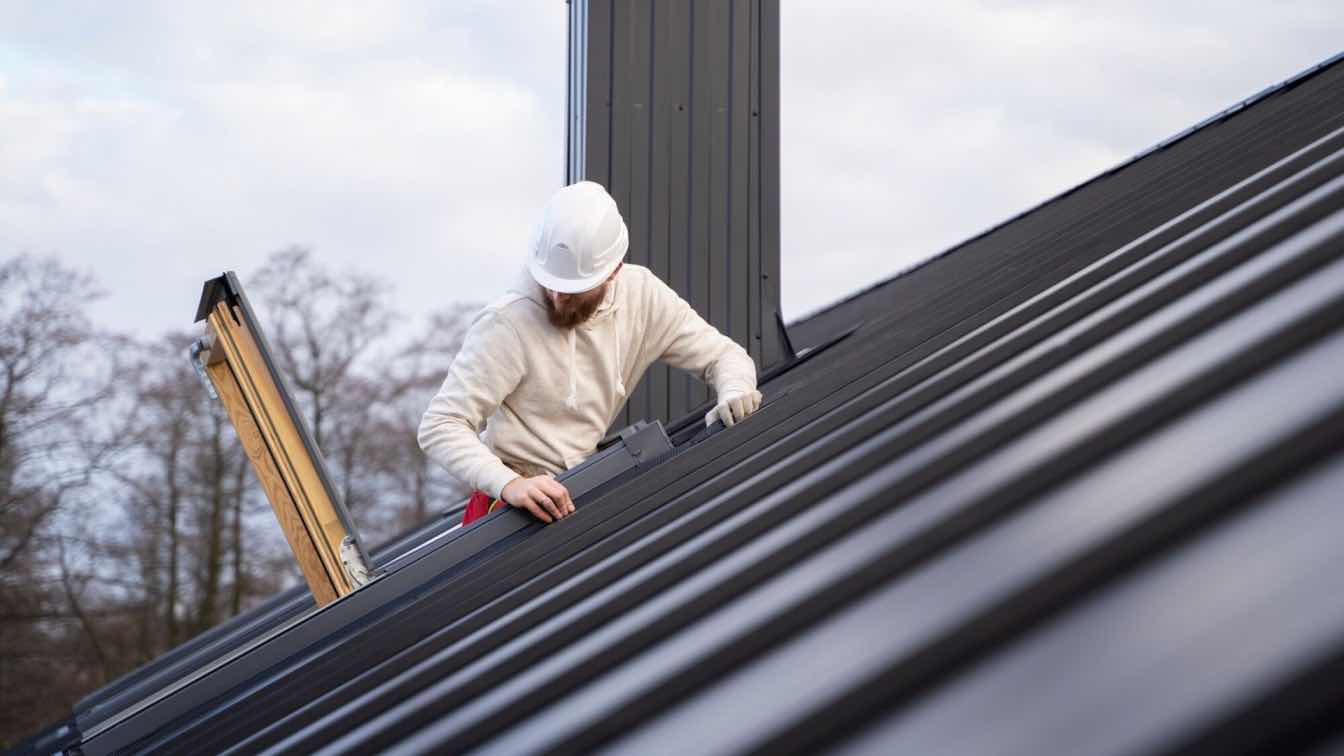Weathering can significantly impact the durability and performance of roofing materials. Different weather conditions, such as UV radiation, rain, wind, and temperature fluctuations, cause various forms of damage.
UV Radiation
Prolonged exposure to UV radiation can degrade roofing materials, causing them to become brittle and lose their integrity. This is particularly true for asphalt shingles and other synthetic materials. Protective coatings can help mitigate this damage by reflecting UV rays and reducing heat absorption.
Rain and Moisture
Constant exposure to rain and moisture can lead to water infiltration, mold growth, and structural damage. Materials like wood are particularly susceptible to rot and decay when exposed to constant moisture. Ensuring proper drainage and ventilation can prevent water accumulation and related damage.
Wind
Strong winds can dislodge roofing materials, such as shingles and tiles, leading to potential leaks and structural issues. Securing roofing components with appropriate fasteners and using wind-resistant materials can help maintain roof integrity.
Temperature Fluctuations
Rapid temperature changes can cause roofing materials to expand and contract, leading to cracks and other forms of damage. This is especially problematic for materials like metal and asphalt. Choosing materials designed to withstand thermal stress can help prevent these issues.
Preventative Measures
Using high-quality materials like lead flashing can enhance the durability of roofs by providing a protective barrier against water and weather-related damage. Regular maintenance, including inspections and timely repairs, is crucial for extending the lifespan of roofing materials. Applying protective coatings and sealants can also help safeguard roofs against weathering effects.
Protective Coatings and Sealants
Applying protective coatings and sealants can further protect roofing materials from weathering. These products create a barrier that repels water, reflects UV radiation, and resists wind damage. Regular application of these coatings can extend the life of the roof and maintain its appearance and functionality.
Choosing Weather-Resistant Materials
Selecting weather-resistant materials is essential for building a durable roof. Materials such as metal, slate, and high-quality asphalt shingles are designed to withstand harsh weather conditions. Lead flashing is particularly effective for preventing water infiltration around chimneys, vents, and other roof penetrations, ensuring long-term durability and performance.
Case Studies of Weather-Resistant Roofing
Several case studies demonstrate the effectiveness of using weather-resistant materials and preventative measures. For instance, homes in coastal areas that experience high winds and saltwater exposure benefit significantly from metal roofs and lead flashing. These materials provide superior protection against corrosion and wind damage, ensuring the roof’s longevity.
Conclusion
In conclusion, understanding the impact of weathering on roofing materials and taking proactive steps to prevent damage are crucial for maintaining a durable and long-lasting roof. By selecting high-quality, weather-resistant materials and performing regular maintenance, homeowners can protect their roofs from the adverse effects of weather and ensure their homes remain safe and secure.
Keep an eye for more news & updates onBiscoverTribune.Org!




